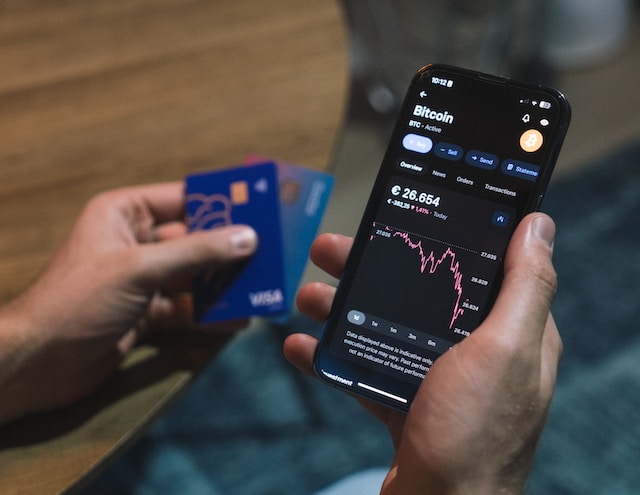
Acquiring digital assets has become more accessible, and credit cards like Milestone have emerged as a popular tool for navigating this financial frontier. Buying crypto using credit cards offers convenience and speed, but it comes with its own set of considerations.
1. Instant Access to Cryptocurrency
One of the primary advantages of using a credit card to buy cryptocurrency is the immediacy it provides. Users can swiftly enter the crypto market without the need for lengthy processing times associated with traditional banking methods.
2. Streamlined User Experience
Credit card transactions are familiar to most individuals, making the process of purchasing cryptocurrency more user-friendly. The simplicity of the transaction can encourage those new to the crypto space to explore digital assets.
3. Diverse Cryptocurrency Options
Credit card platforms often support a range of cryptocurrencies beyond the popular Bitcoin and Ethereum. This diversity enables users to explore and invest in a variety of digital assets based on their preferences and market analysis.
4. Earn Credit Card Rewards
Many credit cards offer rewards and cashback programs. By buying cryptocurrency with a credit card, users can earn rewards on their digital asset investments, effectively receiving financial benefits on top of potential crypto market gains.
5. Security Considerations
Security is a paramount concern when dealing with cryptocurrency. While credit cards offer certain protections, users must be vigilant about securing their accounts, employing two-factor authentication, and choosing reputable crypto exchanges to mitigate risks.
ALSO READ: Unveiling Effective Crypto Trading Strategies with Bitcoin Avage Ai
6. Credit Card Fees
Users should be aware of potential fees associated with buying crypto using credit cards. Credit card transactions may incur higher fees compared to other payment methods, impacting the overall cost of acquiring digital assets.
7. Interest Rates and Financial Planning
Credit card transactions involve borrowing money. Users should be cautious about the interest rates associated with cash advances for crypto purchases. Planning and budgeting are essential to avoid accumulating unnecessary debt.
8. Navigating Market Volatility
Cryptocurrency markets are known for their volatility. Users buying crypto with credit cards should be mindful of market fluctuations, as this can impact the value of their investments and influence credit card repayment strategies.
9. Verification Processes
Credit card transactions for cryptocurrency purchases may require additional verification steps. Users should be prepared to comply with Know Your Customer (KYC) and anti-money laundering (AML) procedures as part of the onboarding process.
10. Educational Resources and Responsible Investing
Utilize educational resources provided by both credit card issuers and cryptocurrency platforms. Understanding the market, risks, and responsible investing practices is crucial for users entering the crypto space with credit cards.
Conclusion
In conclusion, buying cryptocurrency with credit cards opens new possibilities for investors, offering speed, accessibility, and the potential to earn credit card rewards. However, users must navigate potential fees, security considerations, and market volatility responsibly. As the intersection between traditional finance and the crypto world continues to evolve, users can leverage credit cards strategically to participate in the digital asset revolution.

